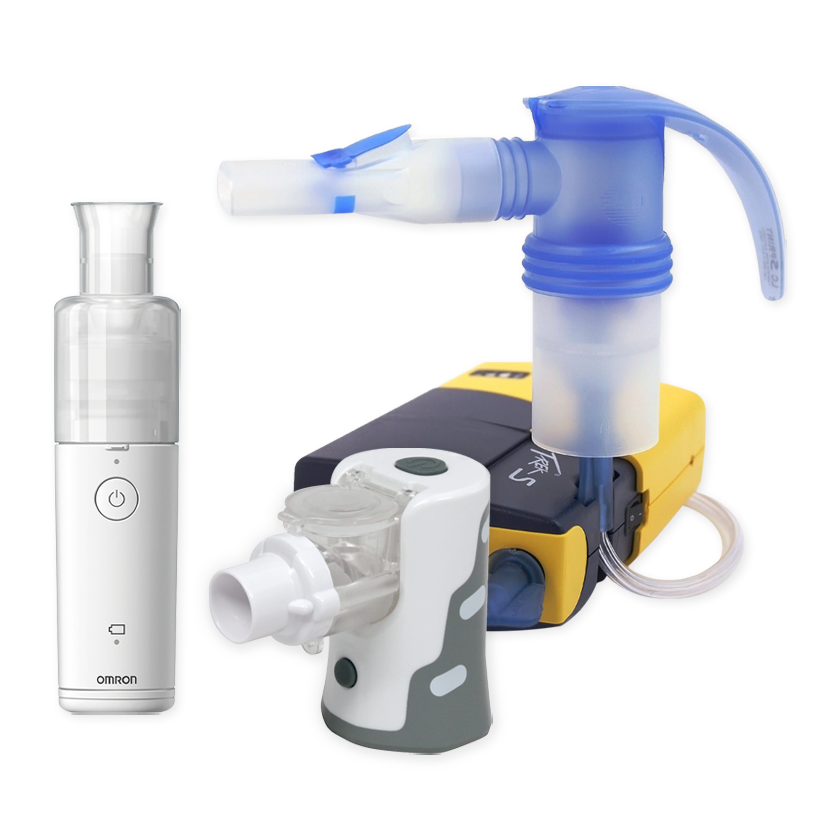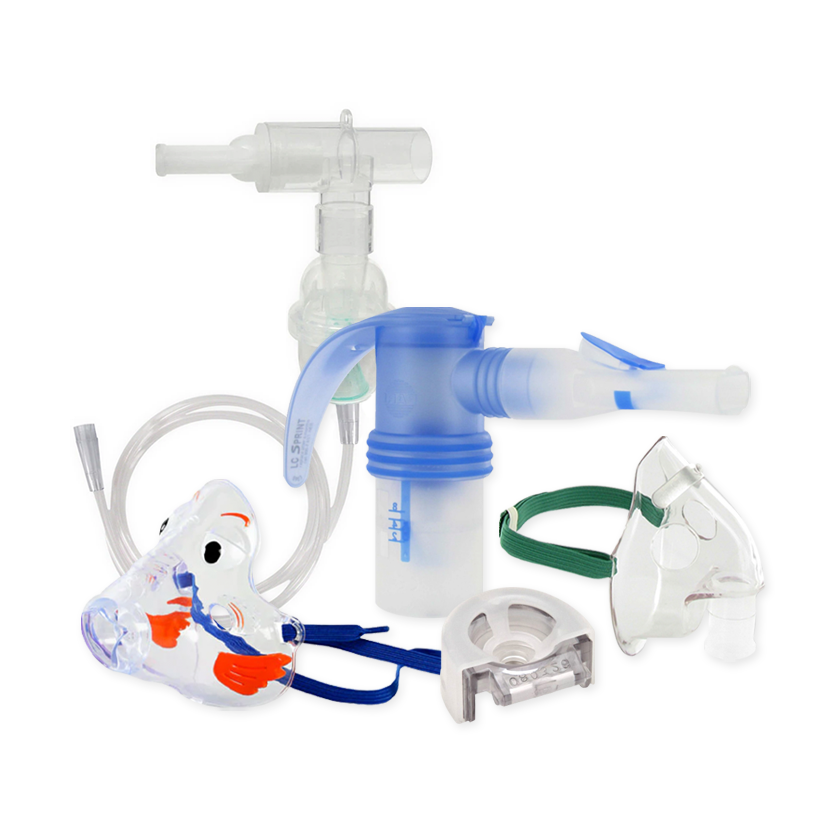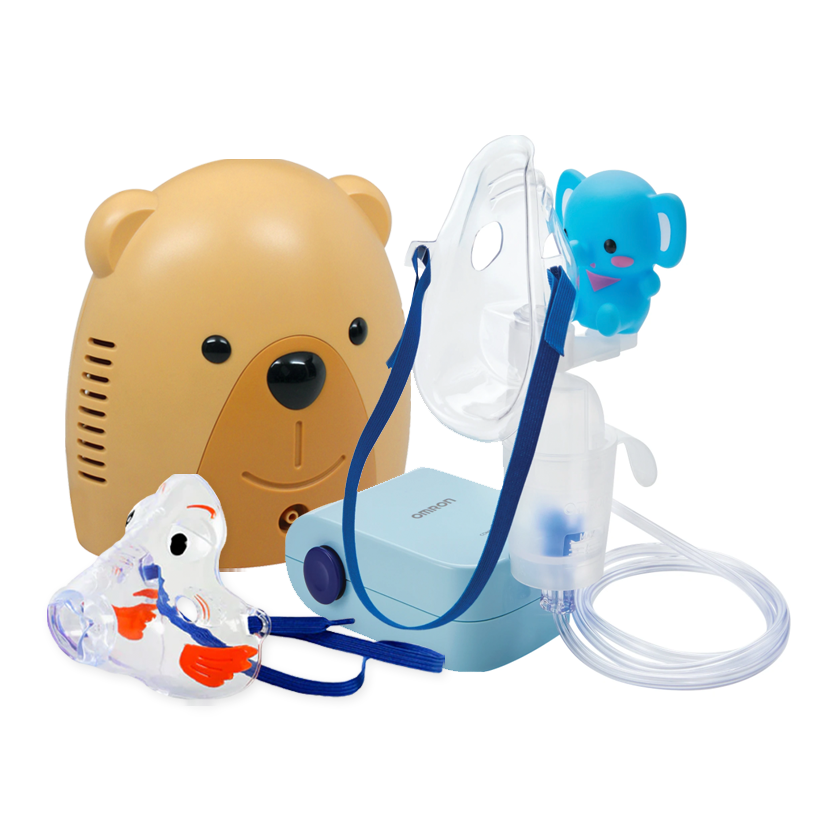Your Cart is Empty
Free Shipping on all orders over $75! Plus, free express shipping on select items.
Menu

Free Shipping on all orders over $75! Plus, free express shipping on select items.
Nebulizer Systems
Travel Nebulizers
Nebulizer Accessories
Just For Kids
Oxygen Supplies
New Wearable Sensors Help Prevent Asthma Attacks
April 09, 2015 1 min read
At the National Science Foundation, the Advanced Systems of Integrated Sensors and Technologies (ASSIST) team led by Veena Misra is using nanotechnology to create wearable sensors that can monitor both an asthmatic’s external environment and their vital signs to warn them if an asthma attack is imminent.
“One part of the sensor, for example if it’s located on the wrist, can monitor your hydration levels, your heart rate, your EKG,” said Misra. “The same platform can also be used to monitor the environment. And there we’re looking at gases such as ozone, carbon monoxide, and nitrogen dioxides. And so our technologies will… help people make better decisions and also prevent themselves from getting exposed to toxins in the environment that can exacerbate… conditions like asthma.”
Data collected by the wearable sensor will be sent wirelessly to the user’s phone and even possibly their doctor. The phone would then alert the user if they’ve been exposed to too much pollution and need to go elsewhere, or if they need to lower their activity level to avoid an asthma flare up.
Misra’s team is also in the process of developing nanodevices that harvest energy from the user’s body, rather than relying on batteries. Not only would this mean the sensors never need recharged, it would also make them even smaller, more flexible, and more comfortable. For example, instead of being part of a somewhat bulky wristband the sensor could simply be placed inside a user’s clothing, conveniently providing them the data they need to stay healthy.
Subscribe
Sign up to get the latest on sales, new releases and more …

NEW CUSTOMERS SAVE 10% OFF YOUR FIRST PURCHASE OF $20 OR MORE.
Code will be sent to email entered if applicable
SIGN UP FOR FUTURE SALES, NEW PRODUCTS AND ANNOUNCEMENTS
{"themeColor":"#061f77","iconColor":"#061f77","showLogo":true,"topBottomPosition":0,"rightLeftPosition":5,"iconSize":"large","iconCustomSize":64,"position":"middle-right"}



